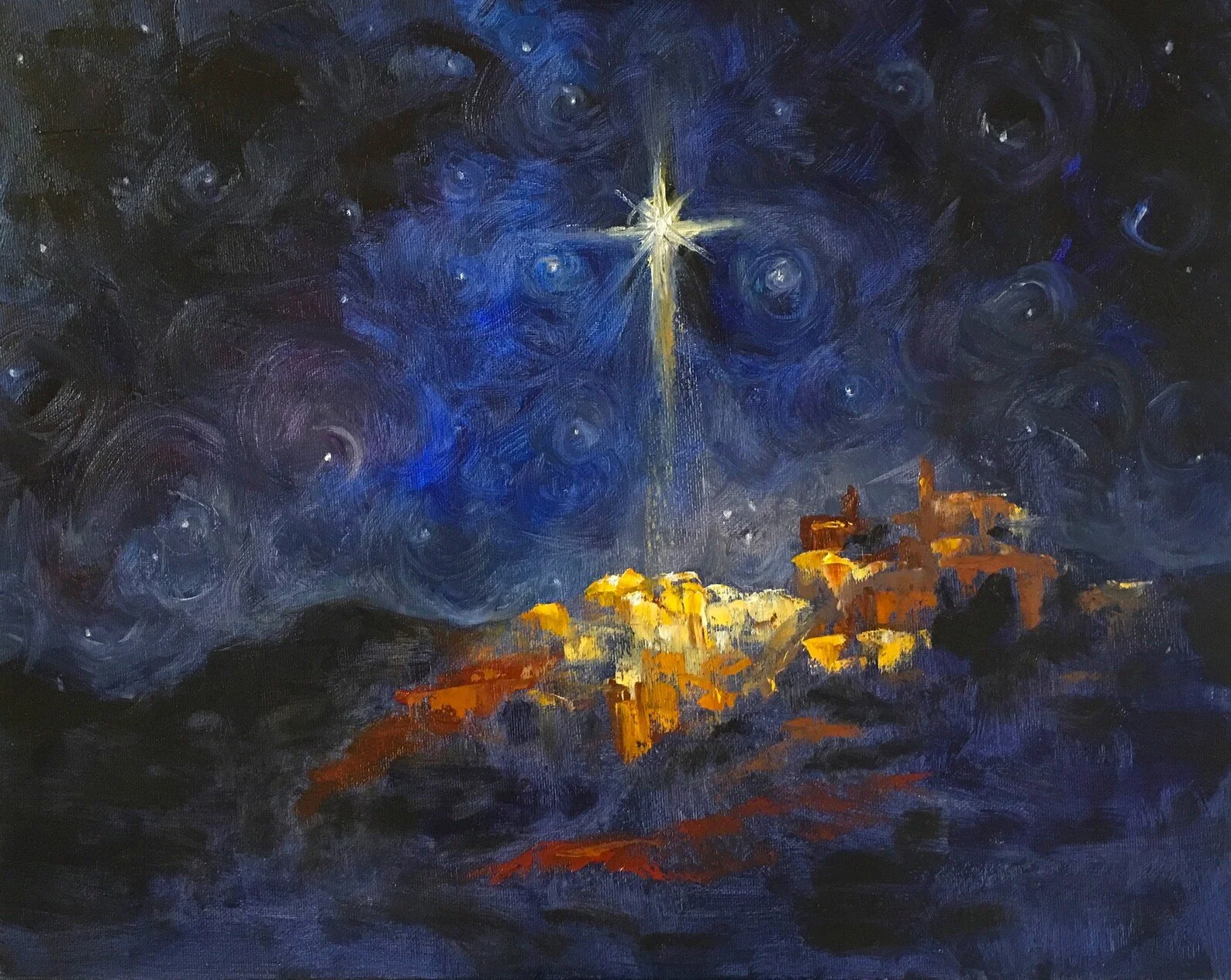When I was a kid we would vacation each year to the black hills in western South Dakota. For an active kid who loved to hike, climb and explore, it was a great spot.
One year we went spelunking. If you’re not familiar with the word, it essentially means cave exploration. Depending on the nature of the cave one is exploring it can involve hiking, climbing, repelling, crawling, even traversing underground waterways.
On this particular occasion, we were doing all of the above. So we met our guides, packed up our equipment, put on our climbing gear, strapped on our helmets, turned on our headlamps and prepared to begin our journey. Before that, however, we took an elevator 100+ feet underground to our starting point. Then we began to traverse deeper and deeper into the earth.
It wasn’t until we were about an hour in that it really began to dawn on me just how vulnerable we were. We were entirely dependent on the expertise of our guides and the functionality of our equipment. And we were an awfully long way from any type of aid should something go wrong.
Shortly thereafter we found our way into a large open room deep in the earth. Our guides had us get situated and then told us one by one to shut off our headlamps. Then they did a countdown together and at zero they shut off their headlamps as well.
There was some nervous laughter, followed by silence, and nothing but utter darkness.
It was the deepest, blackest darkness I’d ever seen.
It was somehow darker than dark. Blacker than black. It felt as though the darkness itself could swallow us all up at any moment.
It was right about then that my childhood imagination began to run wild. What if by some horrible chance none of our headlamps would turn back on? What if we were stuck down here in this maze of caverns and cliffs with no light? I was certain we’d all be dead as there was no way we could make it all the way back in the blind.
I felt a chill run up my spine. My adrenaline started to kick in.
Then one of our guides did something he hadn’t prepared us for: he flicked on a lighter.
Immediately that little flame cut through the darkness. It’s light danced off the walls and illuminated the room. In a moment I was able to get my bearings, see some of the various elements of the space we were in and the others sitting and standing around me.
At once I felt a rush of relief. Of peace even. For I knew that even if that single flame was the only light we had, we would be able to make our way out of here. That single little light would be enough.
This metaphor of light and dark is one that is found throughout the scriptures. Perhaps not surprisingly, when the bible uses the metaphor and descriptor of light, it is often referring to Jesus.
Jesus is called “The Light of the world.”
Jesus calls himself this.
His followers called him this.
And numerous prophecies written about Jesus hundreds of years before his birth also refer to him in this way.
In Isaiah 60 we read this:
“Arise, shine, for your light has come,
and the glory of the Lord rises upon you.
See, darkness covers the earth
and thick darkness is over the peoples,
but the Lord rises upon you
and his glory appears over you.
Nations will come to your light,
and kings to the brightness of your dawn.”
This is a prophecy for Israel that would be fulfilled in the person of Jesus.
Through Jesus, the true Israel, God's light is breaking into the world. And for the first time since the fall, the darkness trembles. It no longer has the upper hand. The world is no longer helpless against the darkness.
In John 1:4-5 we read: "In him was life, and that life was the light of all people. The light shines in the darkness, and the darkness has not overcome it."
One of the joys of getting to read these words 2,000 years later is we get to see what happened in their wake. And two thousand years later I think we can confidently say that not only has the darkness not overcome it, the darkness never stood a chance.
Jesus, the Light of the World, has touched every corner of the earth.
Here are just a few examples of what I mean:
Jesus gave the world its most influential movement.
It is a movement that began with just one. I began with just a spark, just a single flame, and has grown today to include an estimated 2.3 billion people around the world.
What is that? That’s the light breaking in.
Jesus transformed the way we practice compassion.
In the ancient world there were 1.4 million boys for every 1 million girls, mostly because the other 400,000 girls were either killed or left to die. That was the darkness that Jesus was born into. But then this movement called the church, who were committed to walking in the way of Jesus, who remembered that their Lord said "let the little children come to me" began to take those babies in and care for them. Before long those babies began to be dropped off not in barren places for them to die, but on the front steps of orphanages so they could live. And that was the beginning of orphanages.
What is that? That's the light breaking in.
Did you know widows were actually fined by Rome for outliving their husbands because they were considered a drag on the economy? This in a culture where women held no status and were rarely able to be educated or trained in an employable trade. Left to fend for themselves, they often struggled to survive. But then came little group called the church who, taking their cue from Jesus, began to take these widows in and care for them.
And it wasn’t just widows. The way Jesus viewed and treated women was so radical it would change a civilization and will yet one day change the world.
What is that? That's the light breaking in.
In the fourth century the first hospital was started by a follower of Jesus named Benedict. By the sixth century, monastic communities would commonly have hospitals attached to them. To care for the sick.
What is that? That's the light breaking in.
Over time this idea that we ought to have compassion on any human being who is suffering began to spread. So much so that by the Geneva Convention, an organization was begun to alleviate human suffering and they chose as its symbol a large cross on a flag known as The Red Cross. When you hear of groups like the Salvation Army, or World Vision, or YMCA, or The International Justice Mission, or Goodwill, or Easter Seals, or Habitat, or Compassion International, when you go to hospitals and they have names like Good Shepherd, or Good Samaritan, or Saint Elizabeth’s, you see the touch of Jesus.
What is that? That's the light breaking in.
Jesus transformed the way we view and practice education.
In Greco Roman rule, formal education was typically only available to male children in elite families. Education was rarely made available to women or slaves.
But then there was this community called the church that came along. And they remembered that they followed a man who taught everybody. And whose last command was charging them to do the same. And they began to teach everyone – men and women, slave and free.
Churches began to build schools. And then universities.
Right up until the Civil War, 92% of all colleges and universities started in the U.S. were founded in the name of Jesus.
What is that? That is the light breaking in.
From healthcare, to education, to history, to science, to art, to human rights, Jesus, the light of the world, and his movement of light bringers have impacted human history and human present in way that no other person or movement has.
In John 8:12 Jesus says this: "I am the light of the world. Whoever follows me will never walk in darkness, but will have the light of life.”
What is that? That’s the light breaking in.
And that light continues to break in.
And it cannot be stopped.
Even when we can't see it. Even when we can’t feel it. The light is breaking in and will continue to break in until God makes all things new and all things are covered, full and transformed by the light.
At Christmas we celebrate this light of God breaking through the darkness in the person of Jesus.
Jesus, the light of the world.
This article was originally posted at www.commonpastor.org. Aaron Loy serves as cofounding and lead pastor of Commonwealth in Knoxville, TN. He also serves as a founding movement team member of the Creo Collective.

